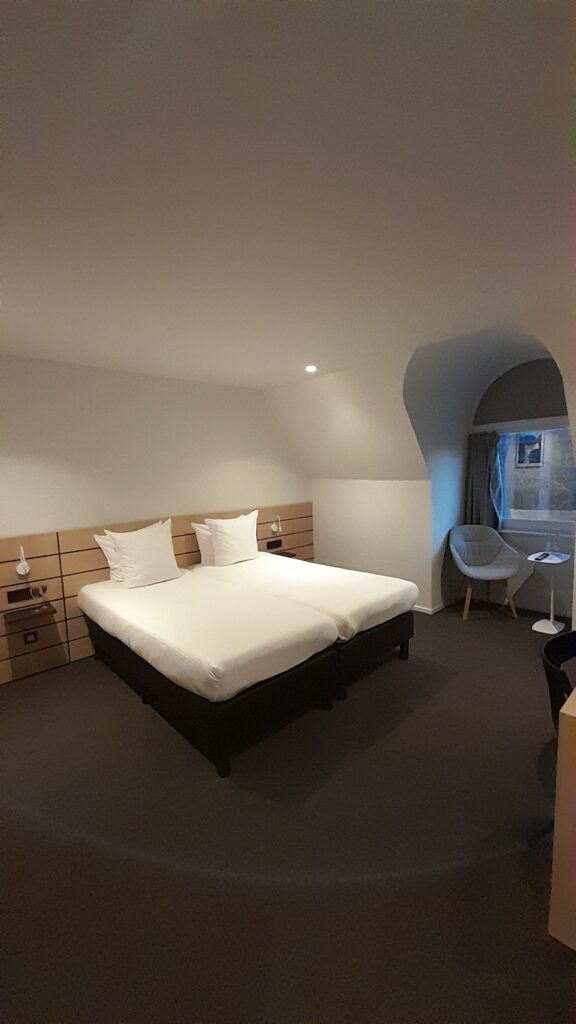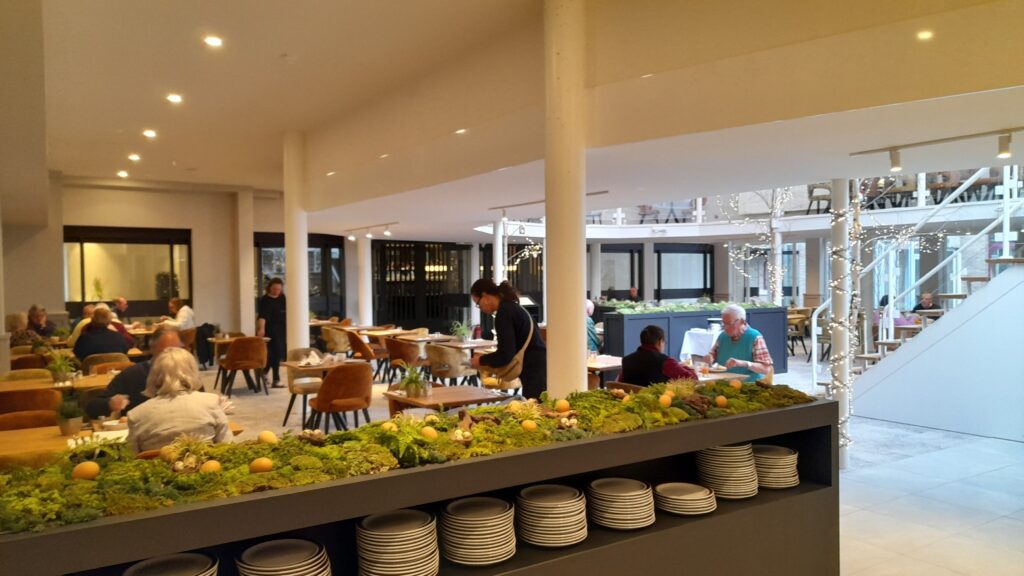Nestled in the picturesque northwest corner of Belgium, Bruges is a city straight out of a fairytale, with its cobblestone streets, winding canals, and medieval architecture. It’s no wonder that this enchanting city is a popular destination for tourists from all over the world. Whether you’re here to take in the sights, indulge in some of the world’s best chocolate, or simply relax and soak up the charm of this historic city, finding the right accommodation is key to a memorable trip. In this article, we’ll take a closer look at 15 of the best hotels in Bruges, ranging from cozy boutiques to luxurious five-star properties, to help you find the perfect place to stay during your visit to this magical city.
In compliance with copyright regulations, the article does not display any photos. (Except the Hotel I spend the night at)It’s impractical for me to have personally stayed at all of these hotels. However, I have gone the extra mile to gather all relevant information and provided direct links to the hotel pages where you can find useful details and photographs.
Hotel Le Bois De Bruges
We stayed one night at Hotel Le Bois de Bruges. A nice and well-kept hotel with a top breakfast buffet. Recommended. It is located near the concert hall on ‘T Zand Square. For more info and booking use the link.
Boutique Hotels:
Hotel Van Cleef
This charming boutique hotel is situated in a historic building in the heart of Bruges, offering elegant rooms and suites with antique furnishings, a cozy lounge with a fireplace, and a beautiful garden with a terrace.
Pand Hotel
Housed in an 18th-century mansion, the Pand Hotel is a luxurious boutique hotel located in a quiet street just steps away from the city’s main attractions. The hotel features individually decorated rooms and suites with a mix of antique and modern decor, a bar, and a lovely courtyard.
Hotel Prinsenhof
This elegant boutique hotel is located in a restored 20th-century mansion and features stylish rooms and suites with unique design elements, a bar, a sauna, and a beautiful courtyard garden.
Hotel de Orangerie
This boutique hotel is set in a 15th-century former convent, overlooking the picturesque Dijver Canal. The hotel features stylish rooms and suites with elegant decor, a cozy lounge with a fireplace, and a lovely garden terrace.
Hotel Die Swaene
This luxury boutique hotel is housed in a 15th-century former mansion, located in the historic center of Bruges. The hotel features elegant rooms and suites with antique furnishings, a bar, a sauna, and a stunning garden overlooking the canal.
Budget Hotels:
Hotel Koffieboontje
This cozy budget hotel is located in the heart of Bruges and offers simple but comfortable rooms, a breakfast buffet, and a cozy bar.
Hotel Asiris
Situated in a quiet residential area, this charming budget hotel offers comfortable rooms with free Wi-Fi, a breakfast buffet, and a lovely garden with a terrace.
Hotel ‘t Zand (Bliss)
This budget hotel is located just a short walk from the historic center of Bruges and offers basic but comfortable rooms, a breakfast buffet, and a cozy bar.
ibis budget Brugge Centrum Station
This budget-friendly hotel is located near the train station and offers simple but functional rooms, a breakfast buffet, and a 24-hour front desk.
Hostel D 28
This budget hostel is situated in a historic building in the heart of Bruges and offers dormitory rooms and private rooms, a shared kitchen and lounge, and a terrace.
Luxurious Hotels:
Hotel Heritage
This luxurious hotel is located in a 19th-century former bank building and features spacious rooms and suites with elegant decor, a bar, a fitness center, and a stunning courtyard garden.
Hotel Dukes’ Palace Bruges
Housed in a 15th-century palace, this luxurious hotel features stylish rooms and suites with modern amenities, a bar, a restaurant, and a beautiful garden terrace.
Hotel Jan Brito
This luxurious hotel is housed in a 16th-century former aristocratic residence and offers elegant rooms and suites with antique furnishings, a bar, a sauna, and a garden with a terrace.
Hotel De Tuilerieën
Situated in two historic buildings overlooking a picturesque canal, this luxurious hotel features stylish rooms and suites with modern amenities, a bar, a sauna, and a beautiful garden with a terrace.
Hotel Relais Bourgondisch Cruyce
This luxurious hotel is housed in a 15th-century former mansion, overlooking a picturesque canal. The hotel features elegant rooms and suites with antique furnishings, a bar, a sauna, and a stunning garden terrace.
Other Hotels
If you couldn’t find your desired hotel in the above mentioned list, don’t worry. You can broaden your search by exploring this map which includes all the hotels in the area.
Booking.comPeople also read
Guided Tour
This article may contain affiliate links. This means that we receive a small commission when you book something via these links. Of course, this does not cost you anything extra. Did our tips help you? We would love it if you book your trip via the links in the article above. Thank you so much.
FAQ
Read more articles on my Bruges page.





